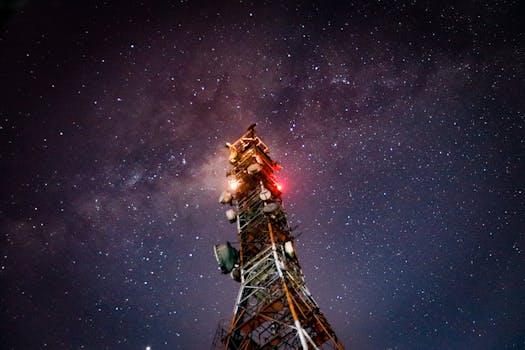
MEO Satellites: Revolutionizing Global Communication with Medium Earth Orbit Technology
MEO satellites, or Medium Earth Orbit satellites, are a type of satellite that operates in an orbit between 2,000 and 36,000 kilometers above the Earth’s surface. This orbit is higher than Low Earth Orbit (LEO) satellites but lower than Geostationary Orbit (GEO) satellites. MEO satellites are designed to provide a wide range of services, including communication, navigation, and Earth observation.
History and Development of MEO Satellites
The concept of MEO satellites has been around for several decades, but it wasn’t until the 1990s that the first MEO satellites were launched. One of the earliest MEO satellite systems was the Iridium constellation, which was launched in 1998 and provided global mobile satellite services. Since then, several other MEO satellite systems have been launched, including the Globalstar and O3b constellations.
Advantages of MEO Satellites
MEO satellites offer several advantages over traditional GEO satellites. One of the main benefits is that MEO satellites have a lower latency than GEO satellites, which means that they can provide faster and more responsive communication services. This is because MEO satellites are closer to the Earth’s surface, which reduces the time it takes for signals to travel between the satellite and the ground station. MEO satellites also have a wider field of view than GEO satellites, which allows them to cover a larger area of the Earth’s surface.
Another advantage of MEO satellites is that they are less prone to interference from other satellites and terrestrial systems. This is because MEO satellites operate at a higher frequency than GEO satellites, which makes them less susceptible to interference. MEO satellites also have a higher bandwidth than GEO satellites, which allows them to provide higher-speed communication services.
Applications of MEO Satellites
MEO satellites have a wide range of applications, including communication, navigation, and Earth observation. One of the main uses of MEO satellites is to provide mobile satellite services, such as voice and data communication. MEO satellites are also used to provide broadband internet services, including satellite-based wireless broadband and satellite-based cellular backhaul.
MEO satellites are also used for navigation, including the provision of location-based services and precision timing. The Global Positioning System (GPS) is an example of a MEO satellite-based navigation system. MEO satellites are also used for Earth observation, including the monitoring of weather patterns, ocean currents, and land use.
Future of MEO Satellites
The future of MEO satellites looks bright, with several new constellations and systems planned for launch in the coming years. One of the most significant developments is the launch of the OneWeb constellation, which will provide global broadband internet services. Other planned constellations include the Amazon Kuiper Systems and the SpaceX Starlink constellation.
The growth of the MEO satellite market is driven by the increasing demand for global connectivity and the need for faster and more reliable communication services. MEO satellites are well-positioned to meet this demand, offering a range of benefits and advantages over traditional GEO satellites. As the technology continues to evolve and improve, we can expect to see even more innovative applications and uses for MEO satellites in the future.

